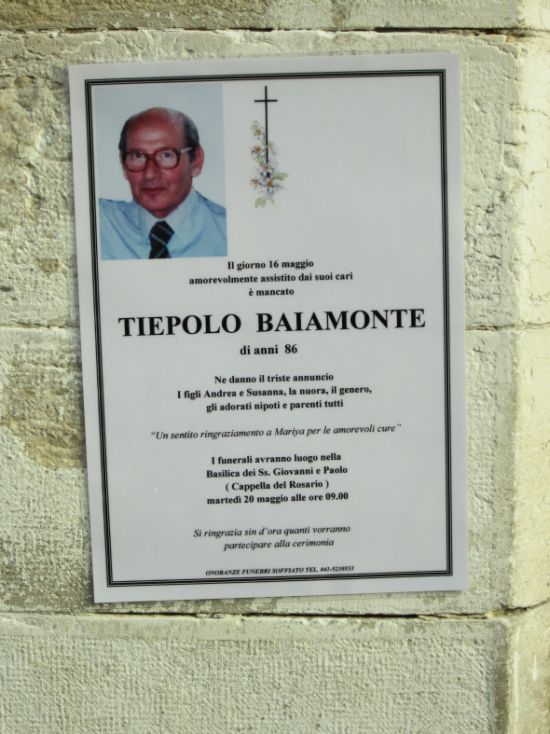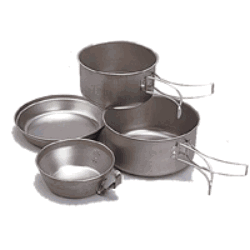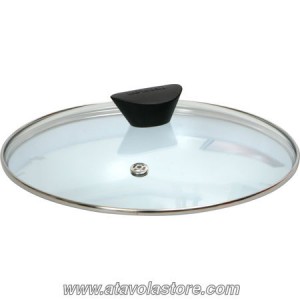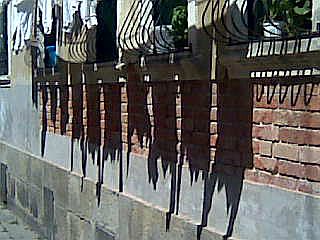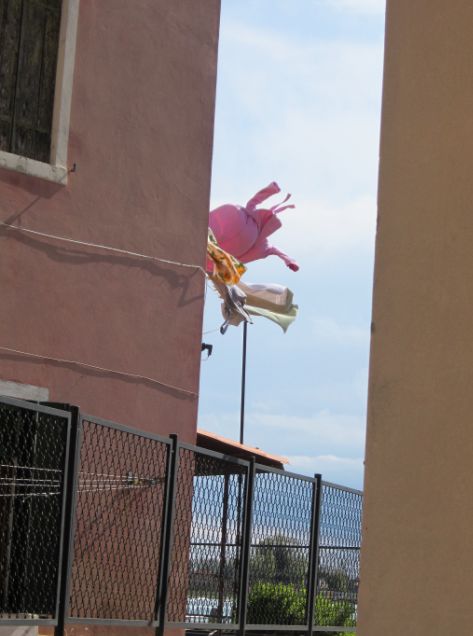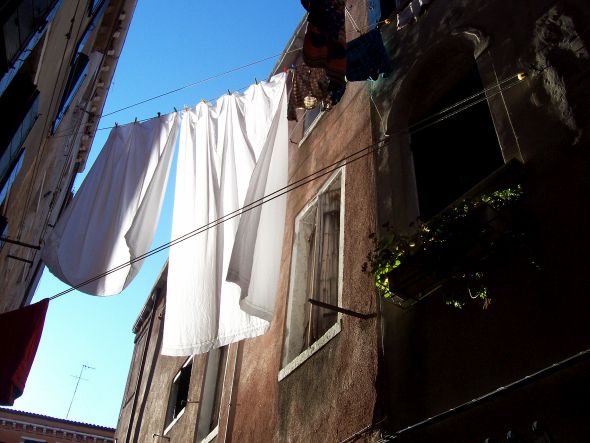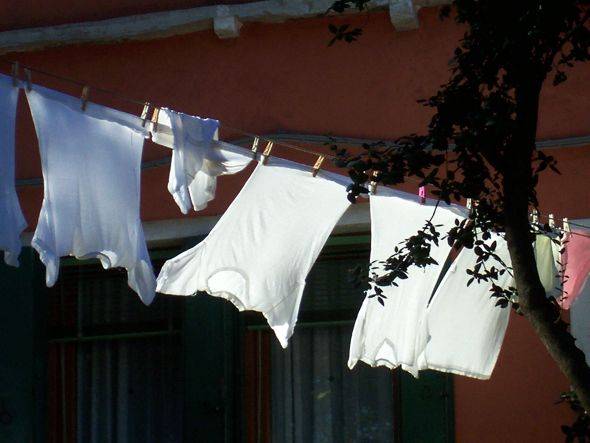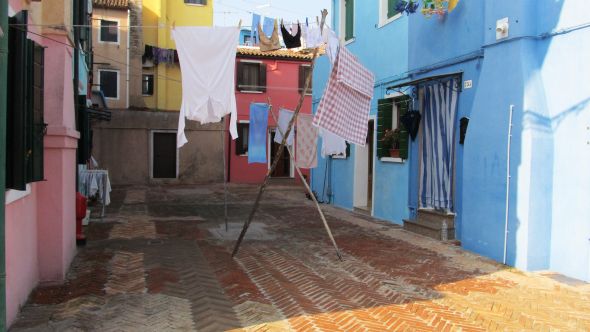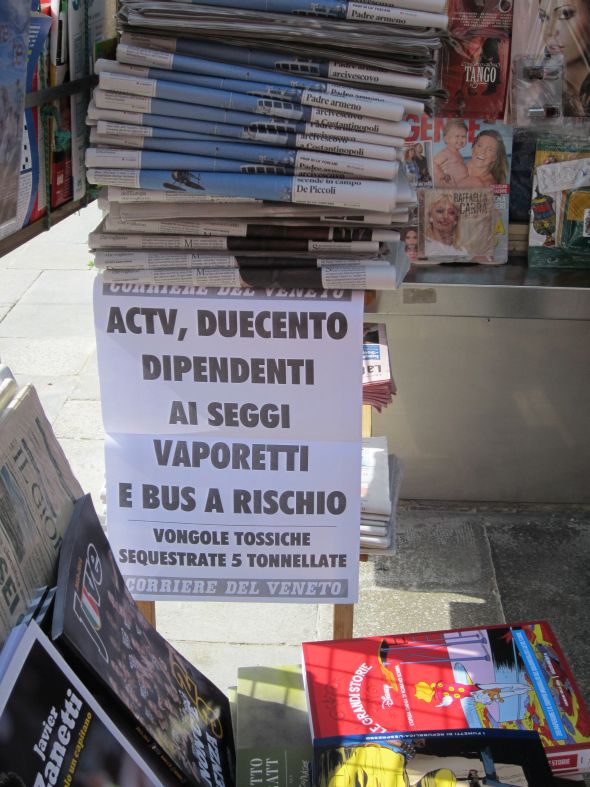
As all the world knows — or that part of the world that reads this blog — the ACTV, or Azienda del Consorzio Trasporti Veneziano, is the local public transport company. When it’s in the mood.
The ACTV is an apex predator, which means it can do anything it wants. Strike? Bring it on. Send boats to the shop for repairs on a holiday weekend? You bet. Raise ticket prices again? Great idea. Do we regret any possible inconvenience? With all our hearts.
People in other human settlements might regard public transport as a public service. The administrators of the ACTV seem to regard transport as a favor, an onerous, tiresome, inconvenient and irritating sort of favor they’re compelled to grant the traveling public, like having to take your mother-in-law to the gynecologist on Saturday morning because you promised five months ago.
I can almost hear the murmuring soundtrack in the administrators’ brains. It says: “If only we didn’t have to haul all those people around every day, and repair boats, and go out in unpleasant weather, running a transport company could be so much fun. But no.”
I bring all this up not because two days ago the Gazzettino reported that two ticket-sellers have been fired for having recycled vaporetto tickets, pocketing large amounts of free money. That is a non-story because there will always be more. I say this because there always are more.
No, I bring it up because this weekend is election time all over Europe, in which the citizens of the EU are voting for their representatives in the European Parliament. Sunday will be election day in Italy. Yes, Italians vote on Sunday.
And who will be working the polling places? Employees of the ACTV. Why does this matter? Because bus and vaporetto service on Sunday is almost certainly going to be curtailed for lack of drivers, ticket-sellers, and so forth. The agency is alerting us to this already.
Sunday, you may recall, is a peak day for day-tripping tourists, especially when the weather is sunny, which it is expected to be. Just another example of how thoughtless people are regarding the ACTV’s convenience, to want to come to Venice on a Sunday.
Here is how the long-suffering officers of the ACTV phrase it, on the company’s website (translated by me):
“…seeing the experience of the past years…we estimate that an increased and unpredictable number of employees could be called to serve at the polling places… in past years, the phenomenon was so pronounced as to oblige the company to suppress some runs, whether of boats or of buses.
“Therefore the same risk may be run this year, and given the unpredictability of the absences, the possibility can’t be excluded that the agency could be constrained to apply reductions of service (vaporetto and bus) without being able to indicate in advance the lines or the precise runs that could be involved.”
I dwell with incredulous eyes on the lavish phrases of warning and exculpation. Why are the absences unpredictable? Why would the agency be constrained to limit service? Do they not have enough employees to go around? Why can’t you indicate in advance the lines and times that could be involved? And why, now that I’m busy asking questions, can’t you prepared to call in replacements? This election was scheduled months ago. It’s not like the fog.
If you would like to ask something, you might inquire as to what kind of idea of public service this might be. It’s the “We can do whatever we want because you have no alternative” idea.
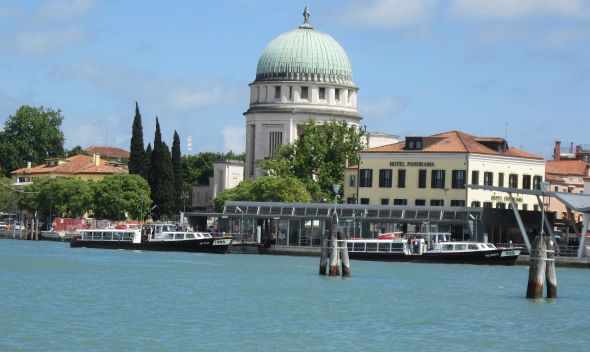
And as long as there are questions in the air, you may further ask why ACTV employees have been given this assignment — and why they will get time off with pay to provide this manpower, especially considering that the people working the polling places also get paid. The answer is simple: Because getting money twice to do virtually nothing is a wonderful way to spend the day.
You may then ask (as I did) why ACTV employees enjoy this little perk, and not, say, members of the Bakery, Confectionery, Tobacco Workers and Grain Millers International Union, or the Red Cross, or the World Wildlife Fund, or someone else.
Because the ACTV contracts stipulate that their members will be allowed time off with pay for providing this service.
This is a marvelous clause, and if their contract were to contain similarly marvelous clauses, it would only make me more astonished that they ever bother to go on strike. It’s a wonderful life on Planet ACTV.
But I noticed that, at least as Lino explained it to me, the contract doesn’t stipulate that ACTV employees must be called. So why doesn’t the Board of Elections ring up the grain millers, or the Red Cross, etc., and just tell the ACTV employees “Sorry, but you’re going to have to go to work today. The panda-counters will supervise the voting. You’re going to have to do your job carrying thousands of people around the lagoon. Bummer.”
I don’t know why. But all this makes me think disagreeable thoughts. The ACTV is eager to take money by fining a passenger who hasn’t beeped his ticket before boarding, even if the ticket is a monthly pass which obviously has been paid in full. They demand this immaterial beeping, and punish non-compliers. We demand a boat every 12 or 20 or 30 minutes, or whatever the timetable is at the moment, and we get “Sorry, we can’t guarantee service because we’ve been constrained, obliged, and otherwise compelled to suspend runs by forces beyond our control, beyond even our ability to predict, which causes us to feel distress at the plight we have inflicted on you totally against our will, even though we’re inflicting it anyway.”
The world belongs to the ACTV, in the same way that it belongs to killer whales, Nile crocodiles, Harpy eagles. Because although you can kill these creatures, if you really try, you can’t possibly make them afraid. Or even vaguely apprehensive.
If you don’t think this could be a correct assessment, you should know that the ACTV has announced a 24-hour strike for May 30.

